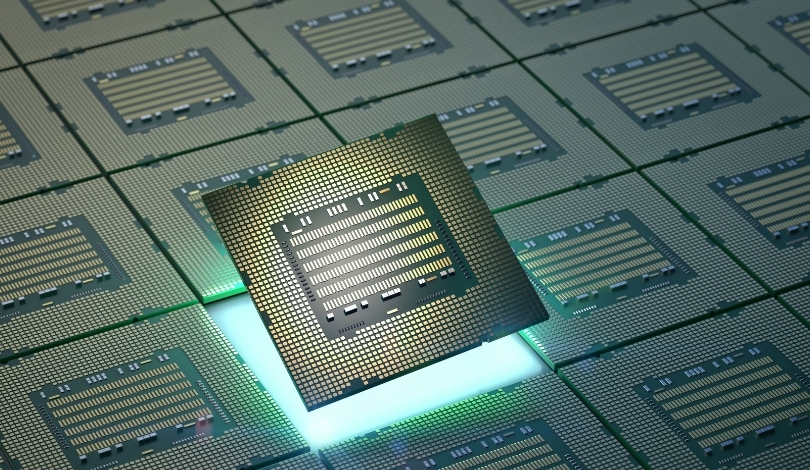Apple is making waves in the tech industry with its latest M4 Ultra chip, which is reported to potentially outperform NVIDIA’s RTX 4090 in various graphical applications. This advancement could signify a major shift in the competitive landscape of high-performance computing. As Apple continues to integrate its custom silicon across devices, the implications for both consumers and developers are significant.
Previous benchmarks have consistently placed NVIDIA’s RTX series at the top of the graphics performance hierarchy. However, rumors suggest that the M4 Ultra chip is now closing the gap, if not surpassing it, across multiple APIs such as DirectX and Vulkan. This development highlights Apple’s commitment to enhancing its hardware capabilities, potentially offering a robust alternative to established GPU powerhouses.
How Does the M4 Ultra Achieve Higher Performance?
The M4 Ultra chip leverages Apple’s integrated architecture, which allows for optimized communication between the CPU and GPU. According to Apple’s engineering team, this synergy enables more efficient processing and better overall performance in graphics-intensive tasks. The unified memory architecture plays a crucial role in reducing latency and increasing throughput.
What Are the Implications for the Gaming Industry?
Should the M4 Ultra live up to these expectations, the gaming industry could see increased competition and innovation. Developers might start optimizing games for Apple’s hardware, potentially leading to higher quality titles on macOS and other Apple platforms. This shift could also influence consumer choice, as gamers look for alternatives to traditional PC setups.
What Does This Mean for Future Developments?
The potential of the M4 Ultra to surpass the RTX 4090 signals a broader trend towards custom silicon in various tech sectors. Companies are investing heavily in developing proprietary chips tailored to their specific needs, which could lead to more specialized and efficient hardware solutions. This trend may drive further advancements in both consumer electronics and professional computing environments.
Additional insights reveal that historical performance trends show Apple’s chips steadily improving, but overtaking NVIDIA’s flagship GPUs is unprecedented. Analysts are closely monitoring performance tests and real-world applications to validate these claims. The tech community remains cautiously optimistic, awaiting official benchmarks and reviews to confirm the chip’s capabilities.
Experts suggest that if the M4 Ultra proves to be a significant contender, it could lead to a price adjustment in the high-end GPU market. Consumers may benefit from more affordable options without sacrificing performance, while NVIDIA might accelerate its own innovation efforts to maintain its market lead. This dynamic could ultimately drive the entire industry forward.
As the competition intensifies, both Apple and NVIDIA are likely to push the boundaries of what their hardware can achieve. Consumers can expect faster, more efficient devices and a wider range of options tailored to different needs. The ongoing rivalry underscores the importance of continuous innovation in the rapidly evolving tech landscape.
Looking ahead, the success of the M4 Ultra could inspire other tech giants to develop their own high-performance chips, fostering a more diverse and competitive market. This environment may lead to significant technological breakthroughs, benefiting a wide array of applications from gaming to professional graphics and beyond.
The emergence of Apple’s M4 Ultra as a potential top performer highlights the ever-changing dynamics of the technology sector. As companies vie for supremacy in high-performance computing, the end-users stand to gain from enhanced capabilities and greater choice. This competition is likely to drive innovations that shape the future of computing and digital experiences.
- Apple’s M4 Ultra chip may exceed RTX 4090 in graphics.
- Performance gains stem from Apple’s integrated architecture.
- Potential market shifts could benefit consumers and developers.










